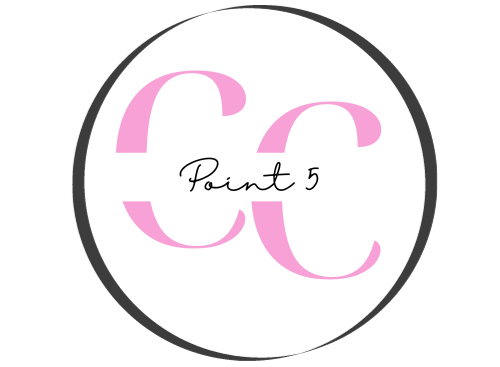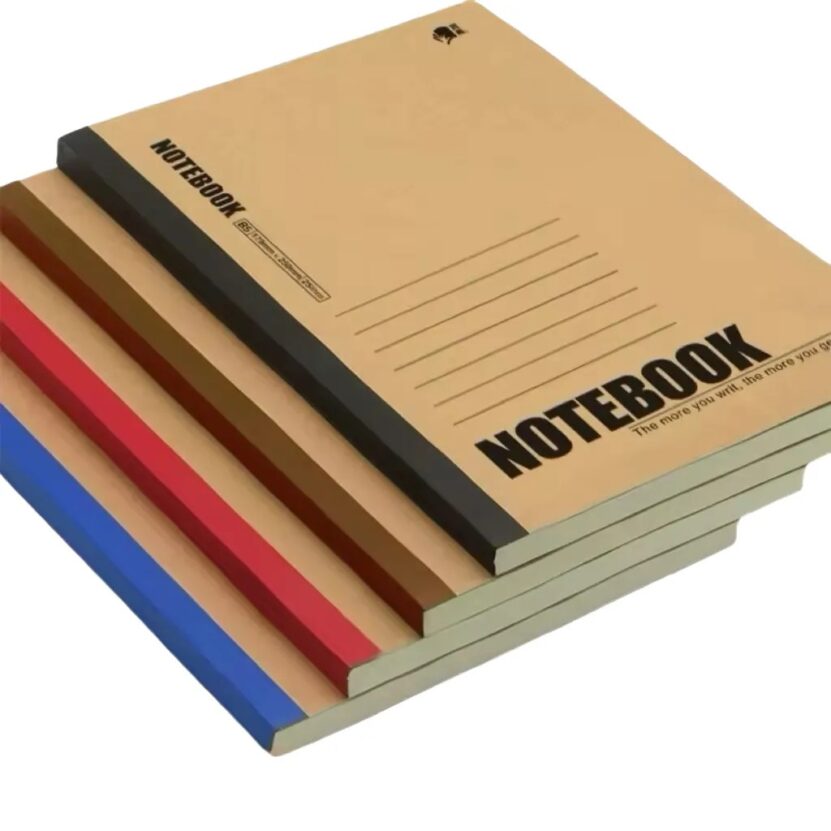There’s a quiet joy in opening a new notebook—the promise of blank pages waiting for thoughts, sketches, plans, or moments of calm scribbling. But not all notebooks are created equal, especially when you want them to reflect a personal or brand identity.
Choosing the right paper type and size can turn an average notebook into something truly custom and usable.
Whether you’re printing for your small business, designing event giveaways, or just indulging your stationery obsession, this guide will help you understand the best options for custom printed notebooks that feel as good as they look.
Why Paper Type Matters More Than You Think
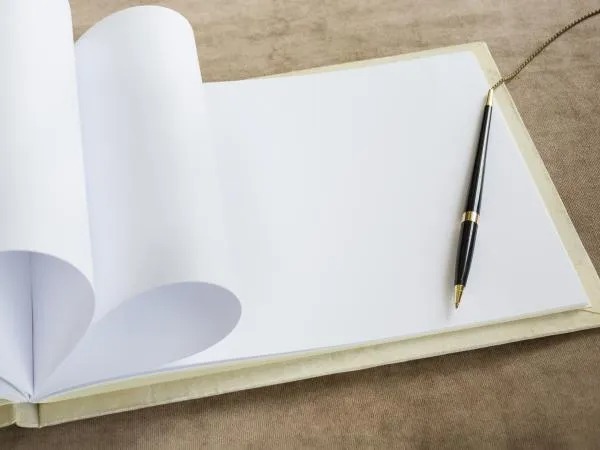
At first glance, paper is just… paper. But once you start noticing bleed-through from a pen, ink that takes too long to dry, or pages that tear easily, you begin to appreciate the subtle science of good notebook paper.
Paper type affects:
- How your pen glides—or scratches
- Whether ink bleeds or feathers
- How heavy or thick the notebook feels
- The aesthetic of the page, especially with design prints or illustrations
If you’re someone who writes daily or takes notes on the go, you’ll want something smooth but not glossy, sturdy but not stiff. Many people find that a matte or uncoated paper works best—it’s gentle on pens and pencils, and easier to write on under different lighting.
Choosing a Notebook That Feels Like Yours
If you’re looking to create something personalized, going with custom printed notebooks is a smart way to blend practicality with personality. You can choose the artwork, layout, cover material, and even the paper style inside—lined, dotted, blank, or gridded. But the paper type inside matters just as much as the outside look.
Imagine designing a notebook for your small art shop or as merch for your podcast. The paper inside needs to match the purpose: maybe you want thick, textured paper for sketching, or ultra-smooth pages for journaling.
Custom notebooks give you that level of detail—you’re not just buying a product, you’re shaping it from the inside out.
Most Common Paper Types for Notebooks (And What They’re Best For)
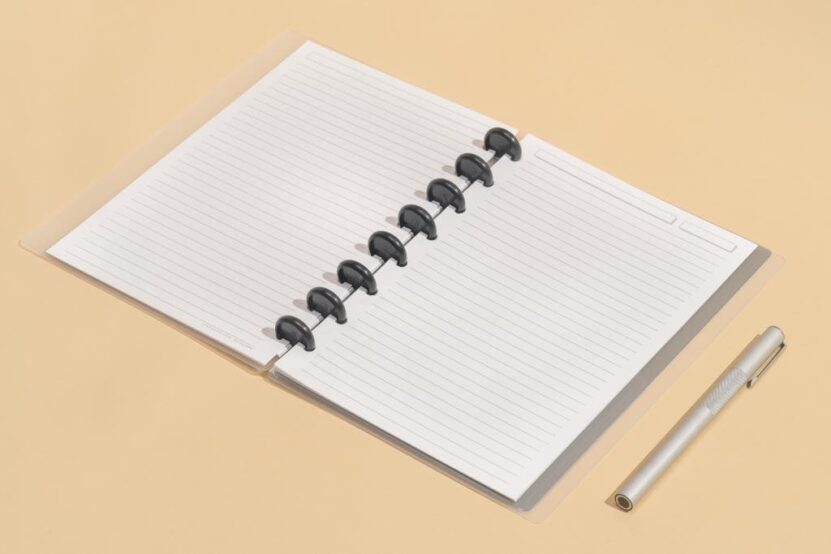
Below are the paper types you’ll often see in custom notebook printing—each has its own personality:
1. Uncoated Paper (70-100gsm)
This is the standard choice for writing. It’s slightly textured, doesn’t reflect light, and works well with ballpoint pens, pencils, and even fountain pens depending on thickness.
Best for:
- Journals
- Work notebooks
- Minimalist designs
2. Coated Paper (Glossy or Matte)
Coated paper adds a layer that makes colors pop. Glossy versions are shiny and vibrant; matte ones tone down the shine but still provide smoother finishes.
Best for:
- Image-heavy designs
- Marketing or promotional notebooks
- Covers and inserts
3. Recycled Paper
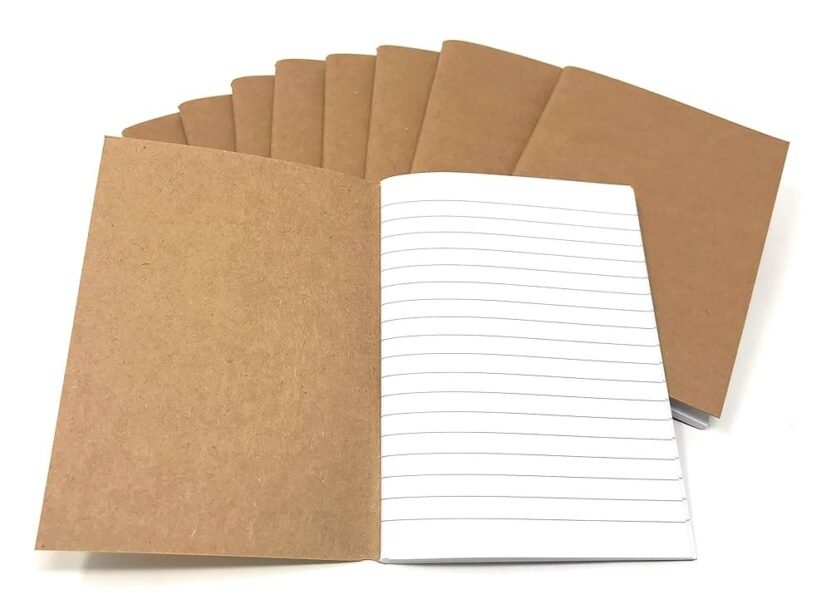
Sustainability is a growing trend, and recycled paper adds character with its natural tone and slightly rough feel. It also sends a clear message about your brand values.
Best for:
- Eco-conscious businesses
- School projects
- Artistic journals
4. Kraft Paper
Brown kraft paper offers a rustic, earthy look. It works beautifully for sketchbooks or themed notebooks, and pairs well with black or white ink.
Best for:
- Sketchbooks
- Rustic branding
- Nature-themed notebooks
5. Premium Textured Paper (Linen or Cotton Blend)
For those special notebooks you gift or use for guestbooks, textured papers like linen or cotton blends elevate the entire experience.
Best for:
- Wedding or event books
- Personalized journals
- Luxury brand giveaways
Understanding Paper Weight: GSM Explained

When you’re looking at paper choices, you’ll often see a number followed by “gsm” (grams per square meter). Here’s a quick guide to how that plays out:
| GSM Range | Description | Best For |
| 60–80 gsm | Thin, lightweight | Simple notes, schoolbooks |
| 90–100 gsm | Standard writing paper | Everyday journals, planners |
| 120–160 gsm | Thicker, more durable | Sketching, printing |
| 200+ gsm | Cardstock feel | Covers, inserts, scrapbooking |
If you’re using markers, brush pens, or ink-heavy tools, stick to higher gsm to avoid bleed-through. For general writing or drawing with pencils and pens, 100 gsm is a reliable middle ground.
Popular Notebook Sizes and Why They Work
Choosing the size of your notebook isn’t just about aesthetics—it affects how you use it. Here’s a breakdown of common sizes and what they suit best:
A6 (4.1 x 5.8 inches)
Fits in a pocket or small bag.
Ideal for: quick notes, travel journals, to-do lists.
A5 (5.8 x 8.3 inches)
The crowd favorite. Big enough to write comfortably, small enough to carry daily.
Ideal for: bullet journaling, planners, meeting notes.
B5 (6.9 x 9.8 inches)
More room to sketch or write longer entries.
Ideal for: students, artists, content creators.
A4 (8.3 x 11.7 inches)
Full-page layout, great for long-form writing or workbook formats.
Ideal for: study notes, writing drafts, business templates.
A5 tends to be the go-to for custom printed notebooks because of its balance of form and function—but if you’re gifting or creating a visual planner, B5 might offer the extra space you need.
Notebook Binding: Spiral vs. Stitch vs. Perfect
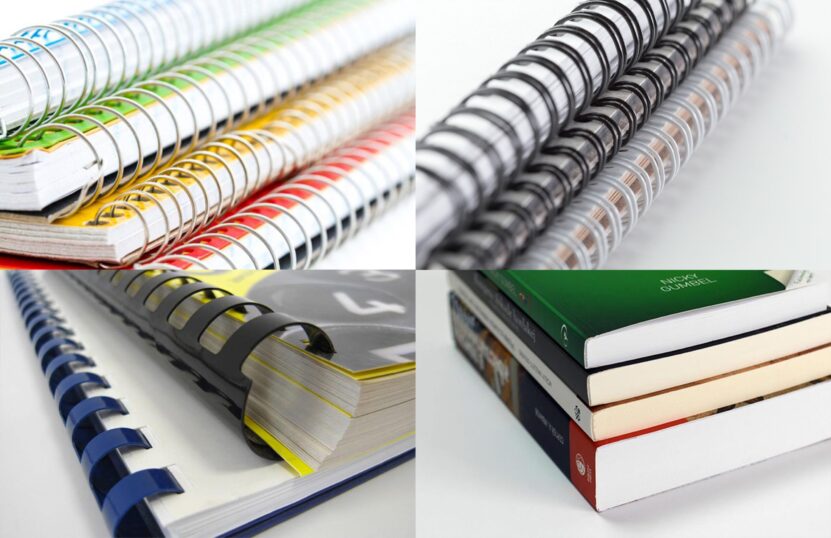
This might feel like a tiny detail—but the way your notebook is bound impacts how it lays flat, how easy it is to flip through, and how long it lasts.
- Spiral Bound: Great for flipping pages, ideal for everyday use.
- Stitched: Clean, professional, and lies flat. Perfect for planners or journals.
- Perfect Bound (like a paperback): Sleek finish, best for branded notebooks or gifts.
If you’re someone who’s constantly writing at odd angles (on a train, a couch, the kitchen table), spiral might save your sanity. But for something that looks more polished and lasts longer on a bookshelf, stitched or perfect bound feels right.
Matching Paper to Purpose
If you’re unsure where to start, ask yourself:
- Will I write mostly with pen or pencil? (Go with 90–100 gsm uncoated)
- Do I plan to draw or paint? (Pick 120 gsm+ with some texture)
- Is this notebook mostly about looks or branding? (Consider coated or premium options)
- Will it be used every day or for special moments? (Daily = practical, Special = expressive)
Final Thoughts
The best custom printed notebook doesn’t just look good—it feels like something you’ll reach for every day. Paper type and size may sound technical at first, but once you start noticing the difference in quality, it becomes second nature to care.
Whether you’re building out branded stationery or creating something personal just for yourself, the right materials matter. Thoughtful choices in paper, size, and binding not only make your notebook functional but also quietly elevate the experience of using it.
Because the truth is—when the page feels right, it’s easier to write what matters.
